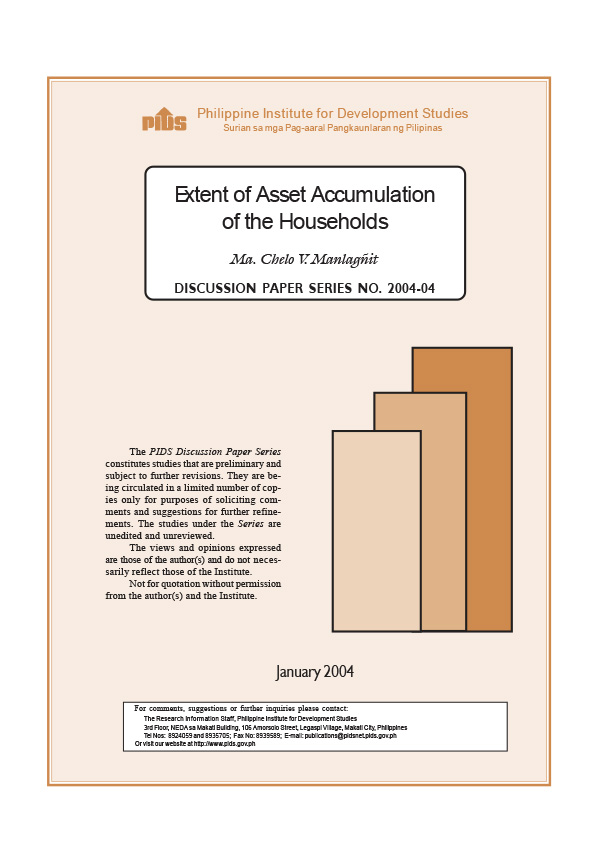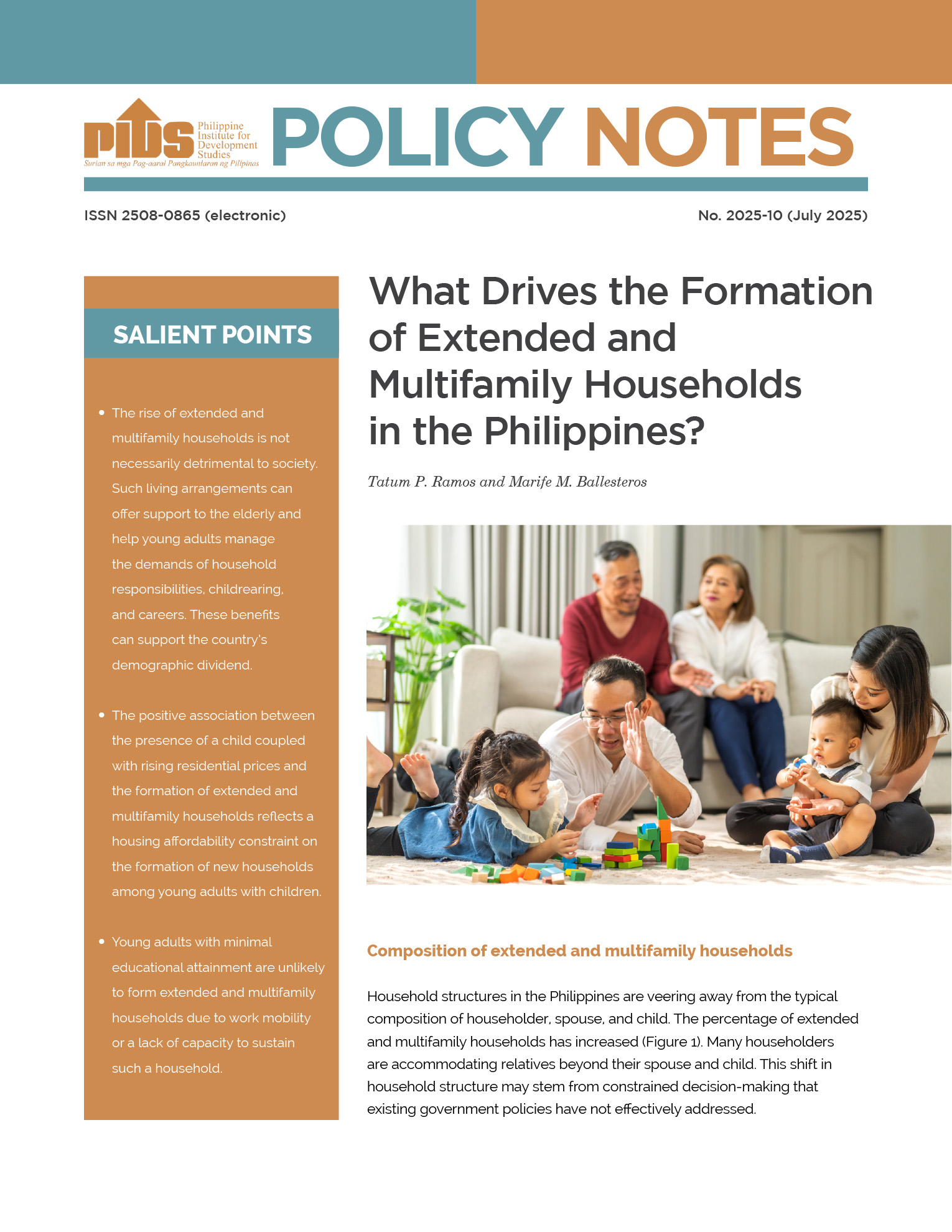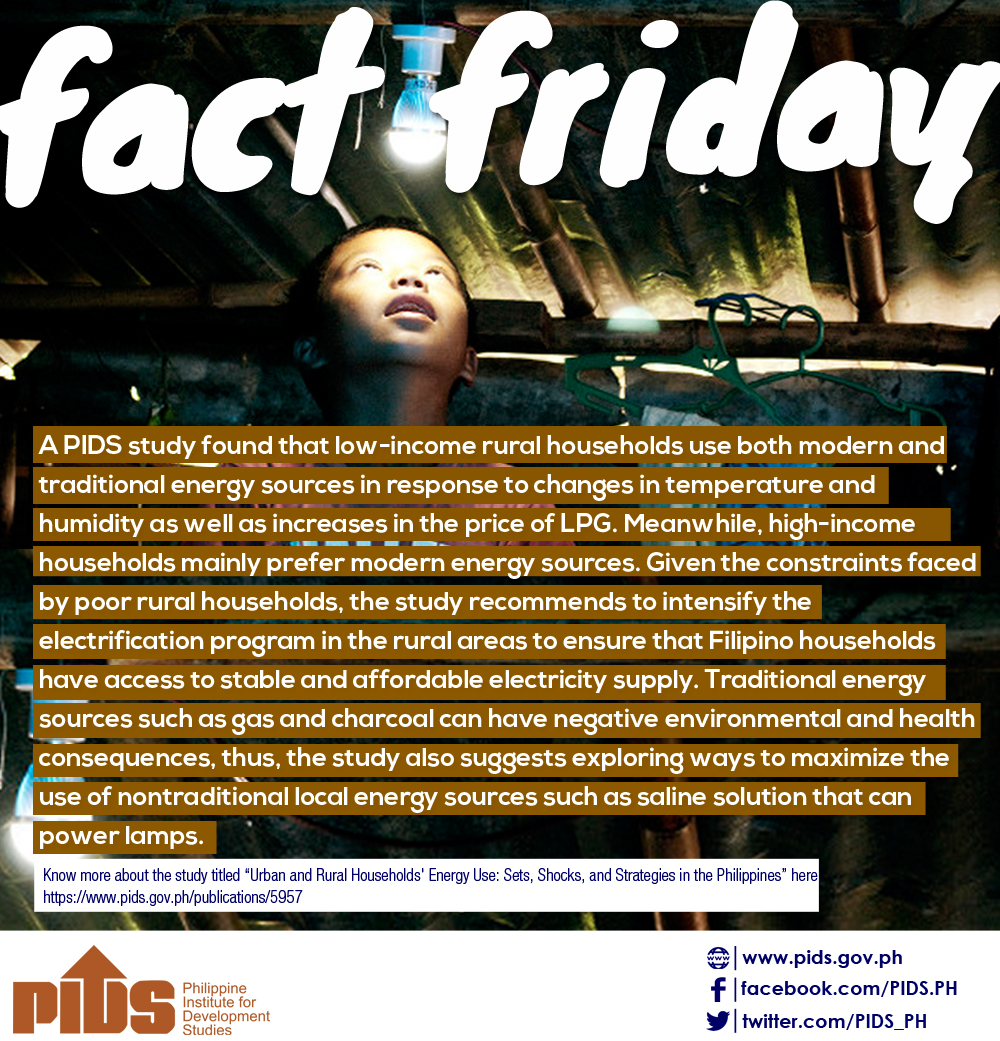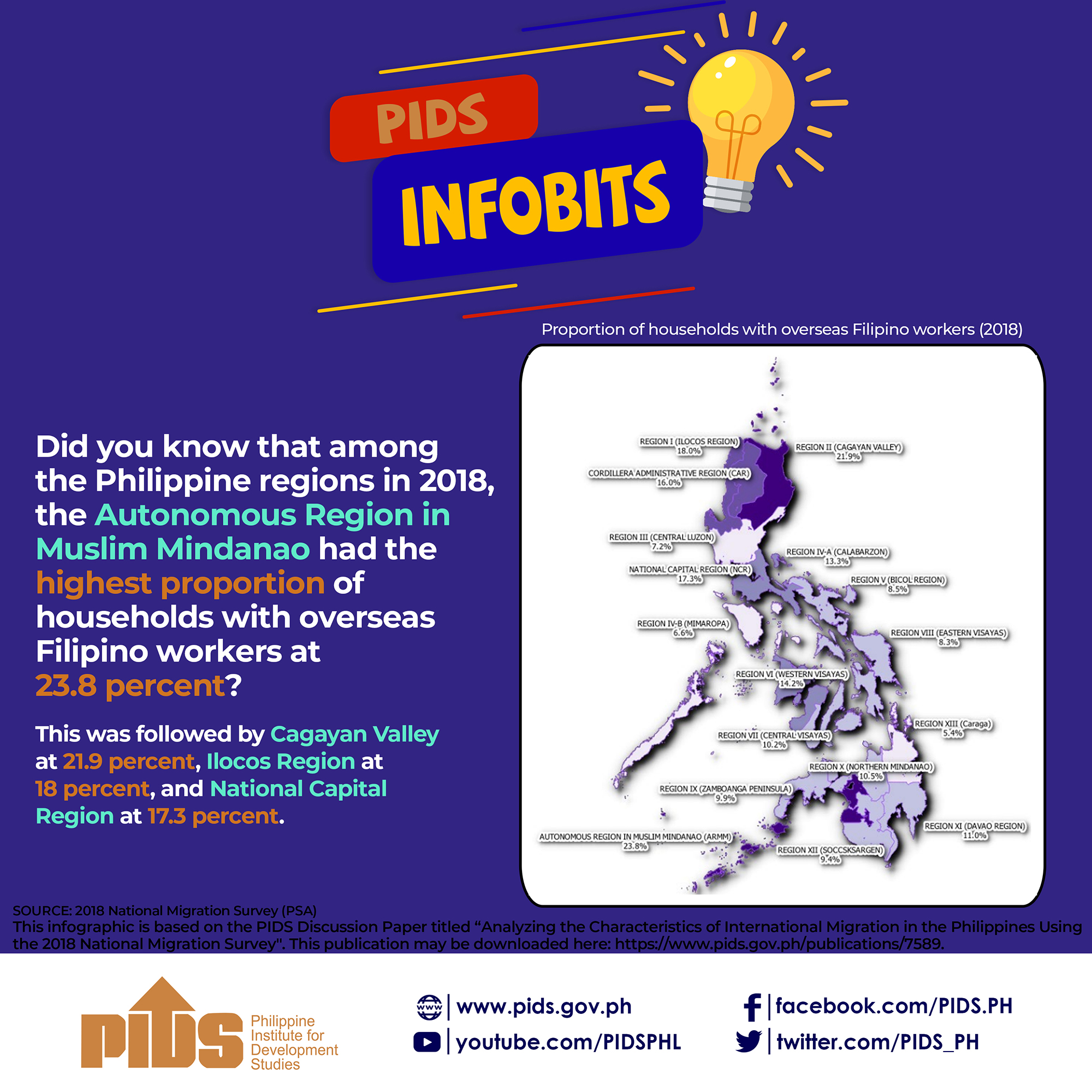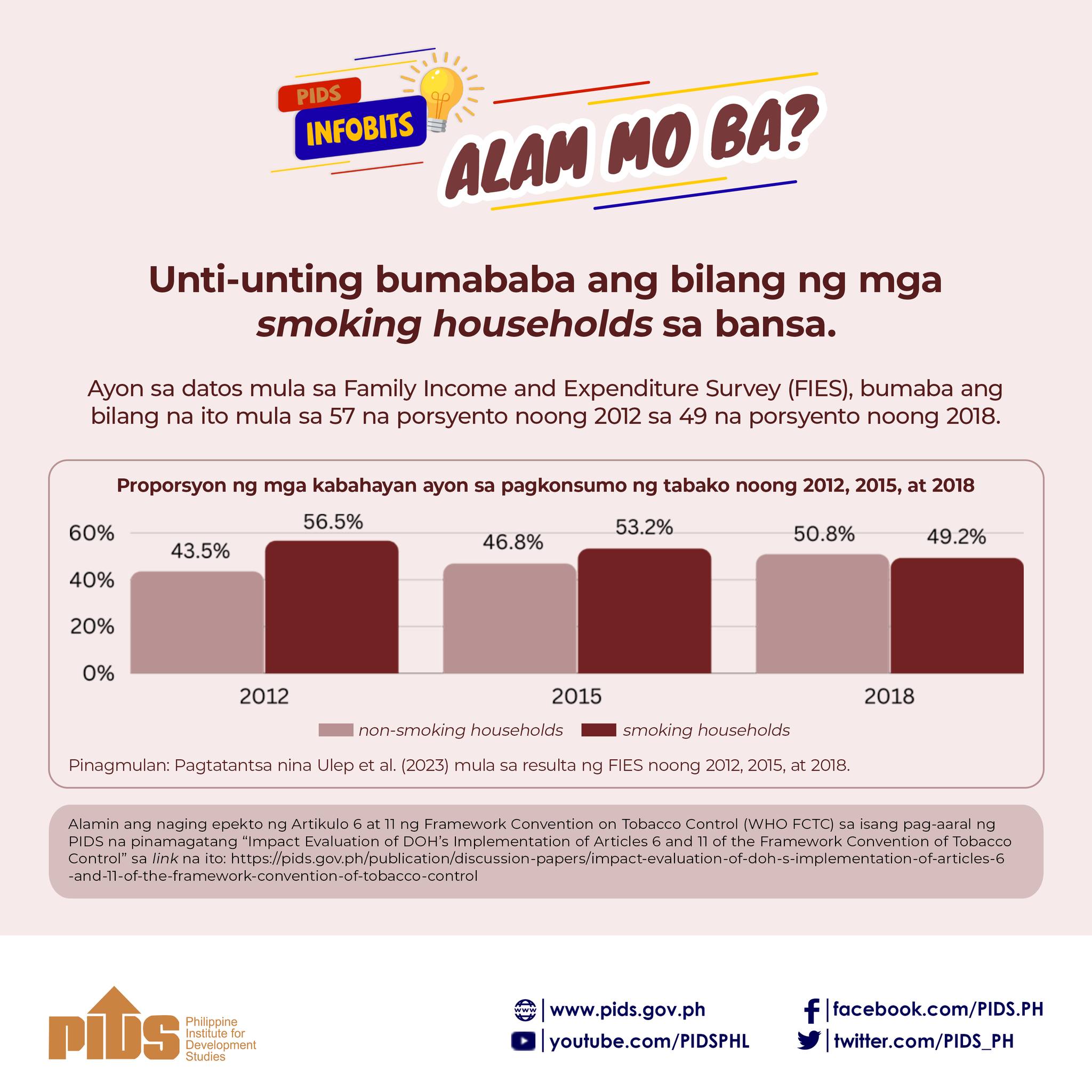This paper examines the extent of asset accumulation and saving of the households from the credit they obtained from community-oriented financial intermediaries (COFIs and other financial sources. In the process, this paper also investigates how the government can assist in asset development, particularly for the poor households. Results show that that there is a clear difference between the client households and nonclient households in terms of asset ownership, access to credit and the use of the loans obtained. Specifically, the results reveal that client households have greater accumulation of assets and, thus, have the benefit of obtaining greater advantages of having more asset accumulation than nonclient households. Also, only client households allot a share from their obtained credit to buy a real estate asset. Meanwhile, from the credit obtained, nonclient households have higher allocation for the current regular needs of the households and for servicing another credit but lower allocation on savings than client households. This suggests that nonclient households’ obtained credit is used primarily for immediate needs than investing in asset accumulation.
Extent of Asset Accumulation of the Households
Related Posts
Publications
Press Releases
Video Highlights
[No related items]

